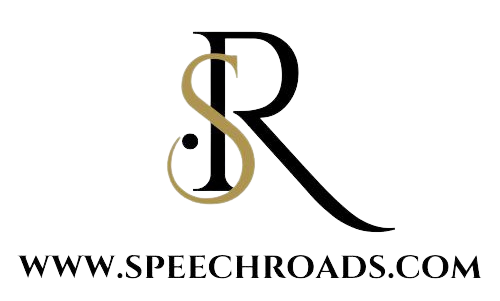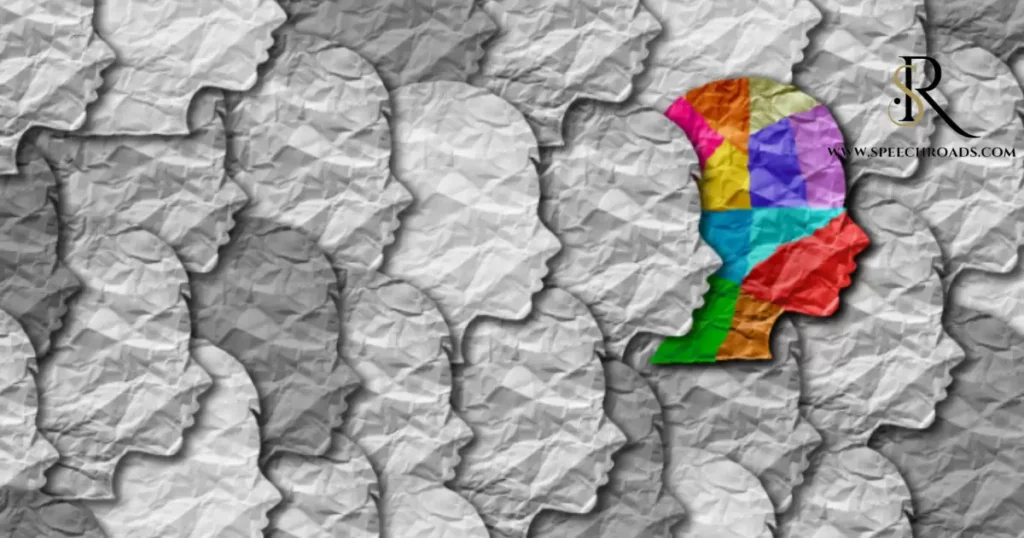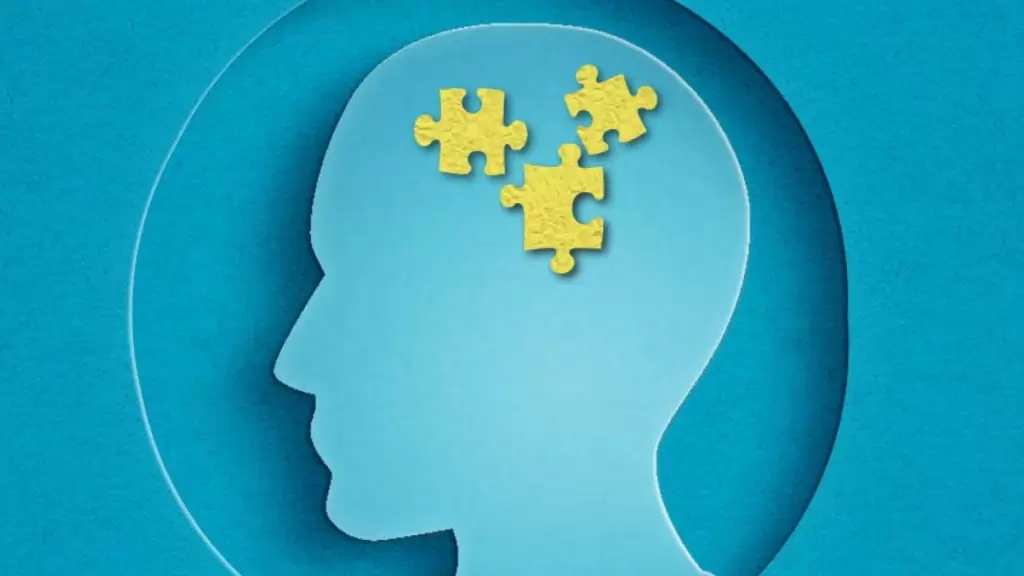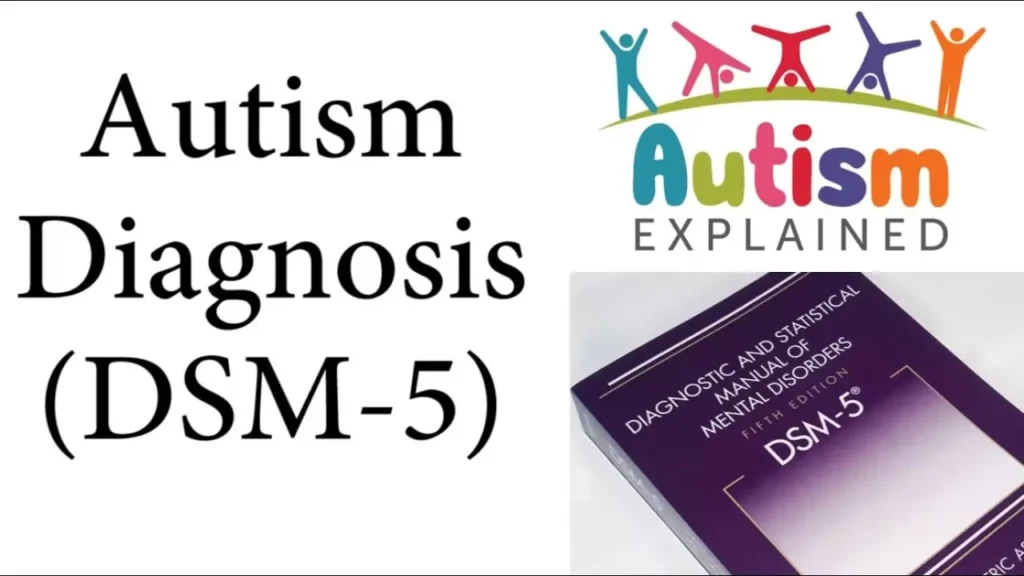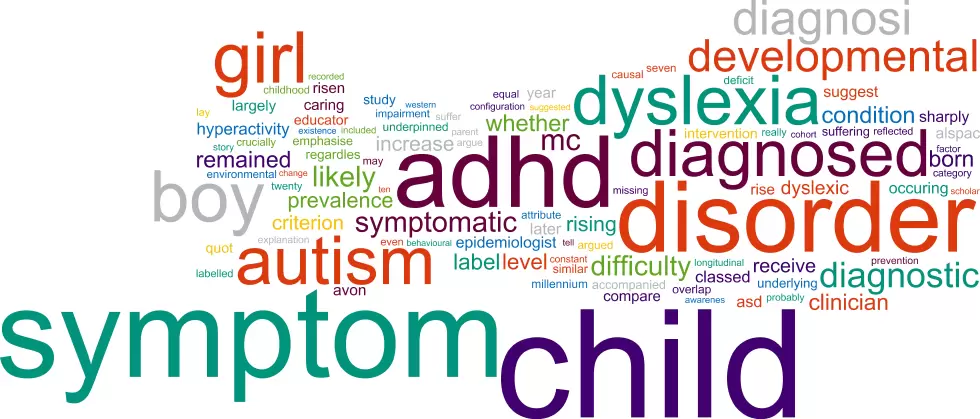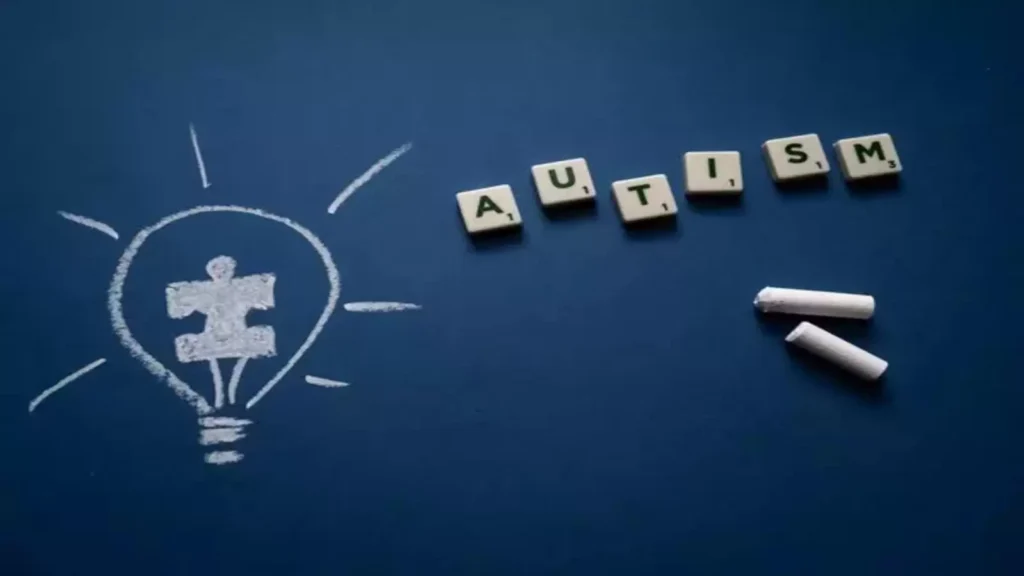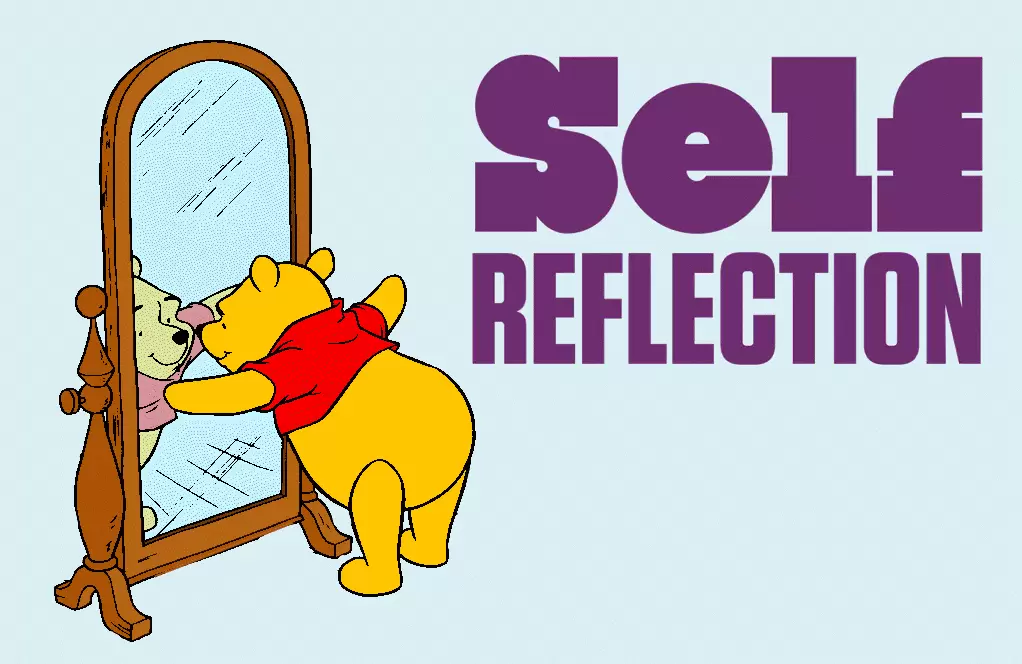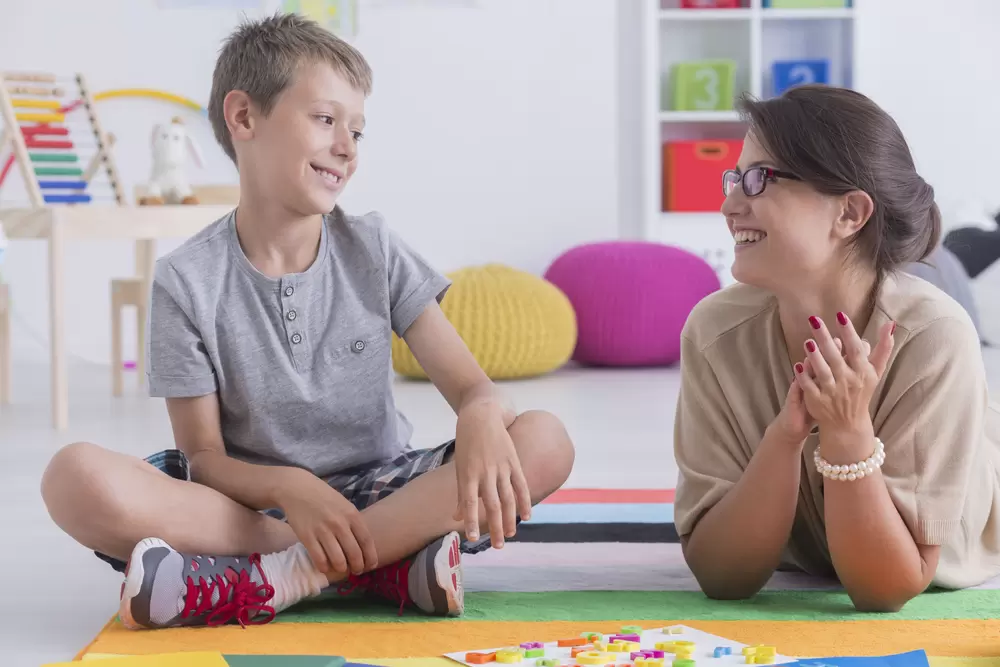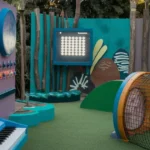Introduction
In recent years there was a noticeable upward push within the number of people self-identifying as autistic.
This phenomenon is known as self diagnosed autism.
It is emerging as more and more commonplace as greater humans benefit consciousness of the autism spectrum and recognize developments inside themselves.
This complete manual pursuits to discover the concept of self-recognized autism.
Its implications and the critical considerations surrounding this journey of self-discovery.
What is Self Diagnosed Autism?
Self diagnosed autism refers to the system of an individual spotting and acknowledging their autistic tendencies without the formal diagnosis from a healthcare professional. This can occur for a variety of reasons along with restrained right of entry to specialized autism tests, non-public preferences or a feel of self-empowerment. At the same time, self-analysis isn’t an alternative to an expert assessment. It may be a vital step in an individual’s journey of self-discovery and information about their specific neurological profile.
Recognizing the Signs of Autism
Autism spectrum sickness (ASD) is characterized through a number of social, communique and behavioral characteristics. A number of the center tendencies related to autism encompass:
- Trouble with social interactions and interpreting social cues
- Challenges with verbal and nonverbal communique
- Choice for ordinary and resistance to exchange
- Severe attention on particular interests or interests
- Sensory sensitivities or aversions
- Repetitive behaviors or thought styles
It’s critical to observe that these traits can present otherwise in adults in comparison to kids and the degree of their manifestation can range substantially from person to character.
The Diagnostic Process for Autism
Receiving a proper autism prognosis typically involves a comprehensive evaluation by way of a certified healthcare professional, inclusive of a psychologist, psychiatrist or specialized clinician. The diagnostic technique regularly consists of:
- Collecting a detailed developmental records
- Accomplishing standardized assessments and observational opinions
- Reading the individual’s social, communication, and behavioral styles
- Ruling out different capacity situations or co-taking place issues
This multifaceted method allows healthcare companies to determine whether a character meets the diagnostic criteria for autism spectrum sickness.
Challenges and Considerations of Self-Diagnosis
While self-analysis may be a valuable step in self-knowledge. It’s essential to be renowned for the potential demanding situations and obstacles. A few key considerations encompass:
- Accessibility to expert tests: Obtaining a formal autism evaluation can be financially or logistically challenging for a few individuals.
- Ability for misdiagnosis: Without the steering of a qualified expert, individuals might also misread their studies or forget about co-taking place conditions.
- Implications for support and hotels: Self-diagnosis may not be diagnosed via healthcare companies, employers or educational establishments proscribing get admission to specialized offerings and hotels.
Nevertheless self-prognosis may be a significant starting point for personal exploration and the pursuit of assessment and help.
Navigating Life with Self Diagnosed Autism
Individuals who self-become aware of as autistic can take proactive steps to help their self-discovery and nicely-being. This can include:
The Self-Diagnosed Autism Checklist
The self-recognized autism tick list is a tool that could assist people explore the opportunity of being on the autism spectrum. This checklist usually includes a chain of questions and statements which are designed to evaluate a person’s reports, behaviors and notion patterns when it comes to the middle characteristics of autism. A few not unusual regions protected inside the self-prognosis tick list consist of:
Social Interactions and communication:
- Issue understanding and deciphering social cues
- Choice for one-on-one interactions or smaller organizations
- Demanding situations with initiating or keeping conversations
- Literal interpretation of language or issue with figurative speech
Sensory Experiences:
- Hypersensitive reaction or hyposensitivity to sure sensory stimuli
- Soreness with loud noises, shiny lighting fixtures, or precise textures
- In search of or averting unique sensory studies
Exercises and Predictability:
- Desire for consistency and dislike of sudden changes
- Accomplishing repetitive behaviors or exercises
- Problem with transitions or surprising conditions
Interests and Hobbies:
- Extreme focus on particular topics or activities
- Quite specific understanding or expertise in regions of hobby
- Trouble transferring attention between special pursuits
Cognitive and Behavioral styles:
- Tendency for logical, systematic, or analytical wondering
- Trouble with abstract or open-ended obligations
- Rigid or rigid thought methods
- Tendency to enjoy tension or emotional dysregulation
Exploring the Checklist and Self-Reflection
As you work via the self-diagnosed autism tick list. It’s essential to method the process with an open and curious attitude. Reflect on your experiences, behaviors,and idea patterns and don’t forget how they align with the traits described within the tick list. Keep in mind that the presence of a few autistic tendencies does no longer always mean that you are at the autism spectrum. The aim is to gain a deeper knowledge of yourself and your specific neurological profile.
Seeking Professional Evaluation
While self-analysis can be a precious start line. It’s vital to apprehend the significance of in search of a formal assessment from a qualified healthcare professional. A comprehensive assessment by using a psychologist, psychiatrist, or specialized clinician can offer a greater accurate and nuanced knowledge of your studies. Also determine whether you meet the diagnostic criteria for autism spectrum ailment.
Navigating the Next Steps
If the self-identified autism checklist resonates together with your studies. Remember the following steps:
- Teach yourself: Delve deeper into the complexities of the autism spectrum by exploring legit on-line sources, books and groups.
- Endorse for yourself: Become aware of your unique strengths, challenges and support wishes and talk them successfully to the ones around you.
- Seek expert guidance: Discover alternatives for obtaining a proper autism assessment. Whether or not via your healthcare issuer or specialized autism clinics.
- Build a guide community: Connect to on-line groups, aid groups or intellectual fitness specialists who can offer guidance and information.
Remember, the journey of self-discovery is a deeply non-public one and the course ahead won’t be linear. Approach this method with self-compassion, staying power and a willingness to retain studying and growing.
FAQ’s
What are the common symptoms of autism?
The not unusual signs and symptoms of autism encompass problem with social interplay, conversation challenges, and repetitive behaviors. however, it’s crucial to be aware that each character with autism is precise, and may exhibit those symptoms otherwise.
Can self-diagnosis be harmful?
Self-diagnosis may be dangerous if it prevents people from seeking suitable remedy or if it leads to wrong assumptions approximately one’s capabilities or limitations. additionally, self-prognosis may not correctly mirror an individual’s stories and could result in pointless strain or tension.
Can I say I’m autistic without a diagnosis?
If you can’t get that label from a doctor, you’re still autistic.
How can I find a qualified healthcare professional for an assessment?
it is important to are searching for out a healthcare professional who’s skilled in diagnosing and treating autism. this may encompass a developmental pediatrician, psychologist, or psychiatrist. Referrals from trusted sources which includes primary care physicians or nearby advocacy companies can also be useful in locating certified professionals.
Conclusion
Self diagnosed autism is a complex and multifaceted subject matter that merits considerate consideration.
While a professional evaluation stays the gold standard for receiving an autism diagnosis.
Self-identity can be a meaningful step in a man or woman’s adventure of self-discovery and personal boom.
With the aid of knowledge of the nuances of self-diagnosis and the significance of searching for steerage, people can empower themselves and find methods to celebrate their precise neurological profiles.
